Generally, Taoist cosmology was greatly shaped by the way in which the Chinese traditionally understood the universe and its str ucture. Taoists are convinced that when the world began, there was only the Dao/Tao, which was a featureless and empty void that had the potential of all things. One of the most essential concepts in Taoism is the Bagua Trigrams that originated in China. Read on to learn more about the Bagua Trigrams, how to use Bagua and other important facts about Bagua.
What does Bagua mean?
The Bagua, also known as Pakua, which originated in China, is described as the 8 trigrams used in Daoist cosmology to mirror the core principles of reality. It is described as a range of eight interdependent aspects and each bagua consists of 3 lines, out of which each line is either broken or unbroken. The broken lines represent yin energy, while the solid lines represent yang energy. Because they have a tripartite structure, they are referred to as ‘trigrams’ in English.
Feng Shui Bagua Elements
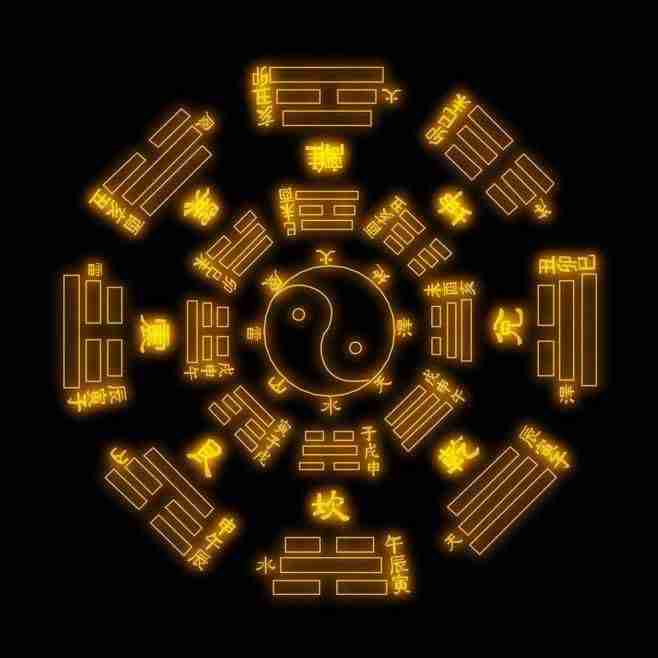
In simple terms, the bagua is the Feng Shui energy map and it is one of the elementary principles of the Feng Shui practice and the most powerful tools on the same. In addition to that, the bagua offers the most systematic way through which anyone can easily evaluate the energy field of their home, school, or business environment. Because it means eight areas in Chinese, it simply features 8 areas around a center. All these eight areas are connected to different aspects of your life and each of them corresponds to one of the five Feng Shu elements, which are: Water, Wood, Fire, Metal, and Earth. If you want to improve an area of your life that you feel is truly lacking, therefore, you should nurture its specific energetic needs with its corresponding elements.
Bagua Map
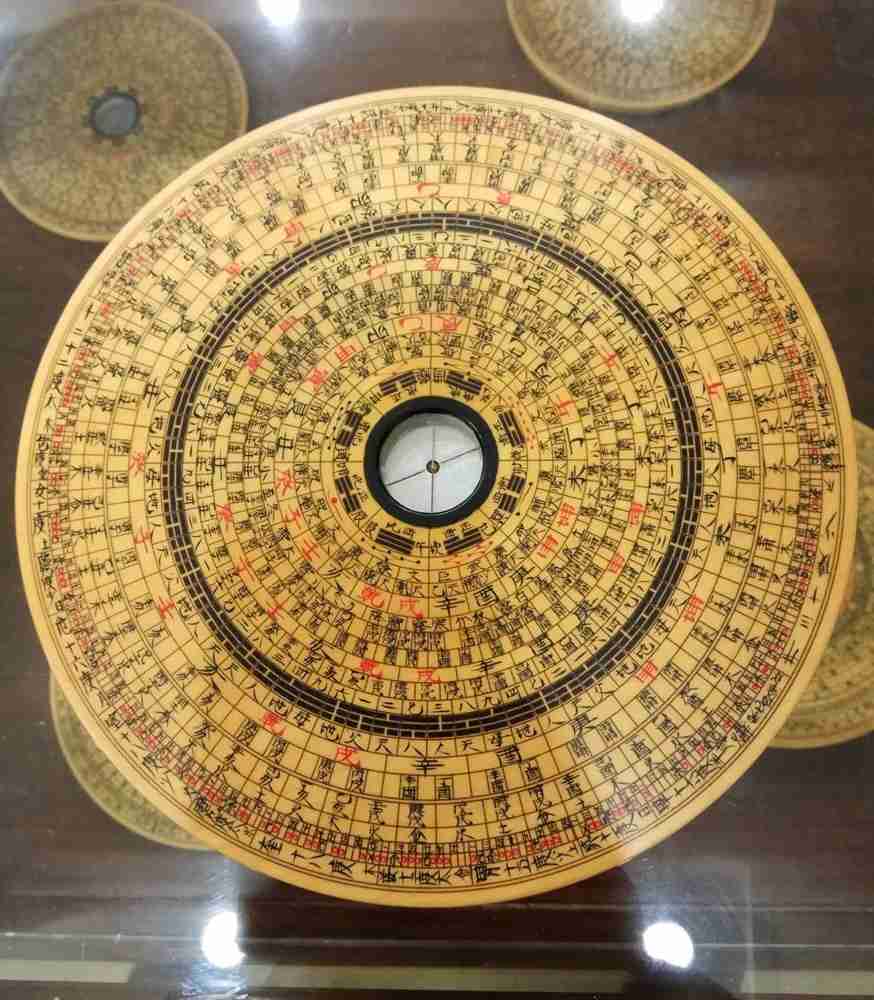
More often than not, the Bagua map is depicted as an octagon and sometimes as a square. In both cases, the bagua consists of 8 distinct areas around a center. It is simply a compass that indicates important life areas as well as other symbolic meanings, such as the unique image above the map that identifies each qua by its parallel I-ching trigram.
Along with that, it is an energy grid that you can easily lay over the floor plan of your home or business. You are supposed to lay it over the entire home, but it can also be superimposed in a single room in your house, an office, a bedroom, or even your face, if you must. Alternatively, you can also place it on your block, property, or town, as it gets larger. The energy grid (the bagua map) is designed to shrink and expand, but it always remains in an equally proportioned 3×3 grid that is slightly similar to a tic-tac-toe board.
Baguazhang
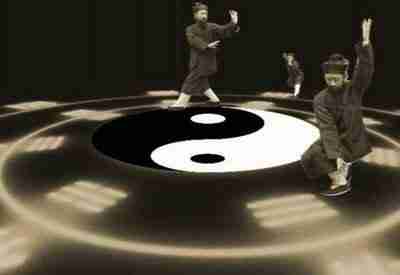
Baguazhang, which is also known as Pakua chang, is one of the 3 main Chinese martial arts of the Wudang school. The other two Chinese martial arts are the Xing Yi Quan and the T’ai Chi. Baguazhang means ‘eight trigram palm’ which refers to one of the canons of Taoism (the bagua ‘trigrams’ of the I Ching) and it is more broadly grouped as a Neija Quan (an internal practice).
As the youngest of the 3 main Chinese internal Martial Arts, it was created by a popular martial artist known as Dong Haichuan who combined his martial arts knowledge with a specific form of the Toist meditative circle walk to create the Baguazhang. For this reason, the Baguazhang is considered one of the most circular and spiraling system of Kung Fu (the Chinese Martial Arts).
The most defining characteristic of Baguazhang is constant movement and change, along with the ability to constantly fight while being on the move. Other types of martial arts involve engaging with an opponent in a head-on fixed position, however, a baguazhang fighter often attacks their opponent or defend themselves when walking or constantly changing directions. In the process, the bagua fighter tends to hold static postures when walking as they practice different palm changes when changing directions on the circle. This art is greatly valued and it is said to have developed a complex martial system that includes a wide array of throws, kicks, strikes, grappling, and using multiple weapons.
How to use Bagua
Different Feng Shui schools tend to use the same bagua, but they overlay it differently. Even so, you are advised to use the bagua based on the BTB Feng Shui school. That said, here is how to use Bagua;
- The first thing you need to do is to apply the bagua to the main floor of your home. In this case, you should be using a precisely scaled floor plan of your home or room.
- Once done, rotate the plan in such a way that the wall with the front door is at the bottom then overlay a 3×3 grid, with the bottom part of the grid clearly aligned with the wall with the front door. When doing this, ensure that the grid is equally spaced.
- Finish up by locating all the areas that match up with the bagua. In this case, knowledge, career, and helpful people should be directly aligned with the bottom, which is more or less the wall with the front door.
If you are working with a slightly complicated floor plan, you should try to apply the bagua over your bedroom instead. This is mostly because bedrooms have a regular shape, so the process is often easier. If you are experiencing any challenges, you should consider hiring a Feng Shui consultant for a more personalized direction.
Bagua Mirror
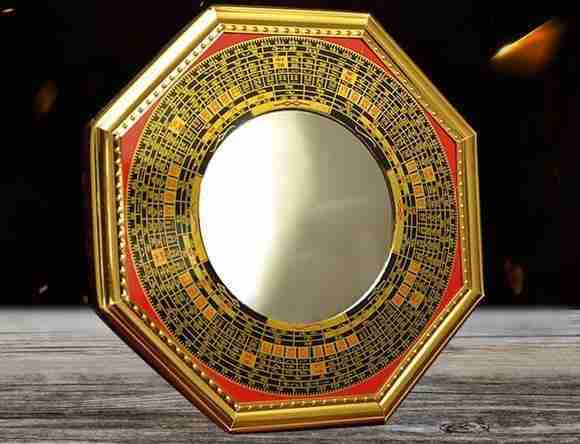
The Bagua mirror is one of the renowned feng Shui adjustment objects. If you look closely at the mirror, you will notice various symbols that radiate around the mirror. The symbols include trigrams, which are a stack of three lines. The broken lines represent yin , and the unbroken lines represent yang . The mirror works the trigrams in what is popularly known as the ‘Yin bagua or the Former Heaven’. It has three solid lines towards the top, and these lines represent heaven. The later heaven/yang bagua, on the other hand, that is often used to apply Feng Shui to a home residence features a trigram with 2 solid lines and a broken line towards the middle. This represents fire energy.
Bagua Mirror Placement
Generally, the bagua mirror is more of a protective amulet that is often used in the classical Feng-Shui schools to ward off and deflect any poison arrows (Sha Qi). Based on this definition, if you have large structures like a sharp roof line directed towards your home or a corner of a building right next to your home, then you should place the bagua mirror right there.
Along with that, the bagua mirrors are specifically used for exterior Feng Shui adjustments. This means that they should not be placed in an interior environment, such as the inside of your home of your business. In addition to that, the mirror should always face outwards and away from your home. That said, you will find 3 types of mirrors at the center of the bagua mirror. They are;
Flat Bagua Mirror
Flat bagua mirrors are the most common option that exists. It is designed to reflect back equally what energy that the mirror receives. This protects you from nay un-pleasantries.
Convex Bagua Mirror
The convex bagua mirror is shapped like a dome, and sometimes looks more like the rear view mirror that you find in cars. The Chinese believe that the dome shape seamlessly pushes the energy back out. Unfortunately, these mirrors can produce harmful results, which do more damage than good. For this reason, convex mirrors are not the most recommended option.
Concave Bagua Mirror
The concave bagua mirror is shaped like a bowl, so that they can easily receive energy. Supposedly, its bowl-like shape actively receives the energy and it is said to take in all the harm associated with the negative or unpleasant energy in a particular area in your home or business.
How to use the Bagua Mirror
The general rule of thumb when using a bagua mirror is that you should never hang them inside a home or business, and you should always use the mirror on the outside. However, there are special instances when you can hang a bagua mirror indoors, but every other time, ensure that it is on the outside of your home or business. Some of the instances when you need to use a bagua mirror, is when you are experiencing negative or unusual energy from a specific area around your business or home environment, if you have a sharp object or a corner pointing at the front door, or if your business or home residence is at the end of a T-intersection.
That said, it only makes sense to hang the bagua mirror pointing towards that specific direction. Besides that, if you are having difficulty with one of your neighbors or are receiving strange tension from a particular location, you can hang the bagua mirror pointing towards that direction. You should notice a quick shift in energy immediately you do this.
All in all, the most common position to place a bagua mirror is over the front door of your home residence or business. Whatever you do, you should keep in mind that the bagua mirror is designed to diffuse energy that you find difficult and not just because it seems like an aesthetically pleasing item that you find on sale in a store.
How to find the Bagua of your home
There are two main approaches through which you can find the bagua of your home. You can either use the front door method, which aligns the bottom of the bagua map to your home’s front door, or you can use the traditional map that uses a compass to determine the different bagua areas of your home.
The front door method is the best option for anyone living in an apartment. More often than not, when you look straight across your front door, you will notice a sunny spot. This sunny spot means that that is where the reputation gua that is ruled by fire is. So, all you need to do in this case is to align the bottom of the bagua map with the front entrance wall. The front door is always in the knowledge and self-cultivation area, helpful people are, or the career area.
The traditional bagua map method, on the other hand, is the best option for houses that are surrounded by land and have more access to the bagua elements. In this case, all you need to do is to either download a compass app to your smart device or get a physical compass. Once you do this, place the career area of your home where your physical/smart compass indicates true north. The east should be your ancestors and health area, and the south should be your reputation area.
Bagua City
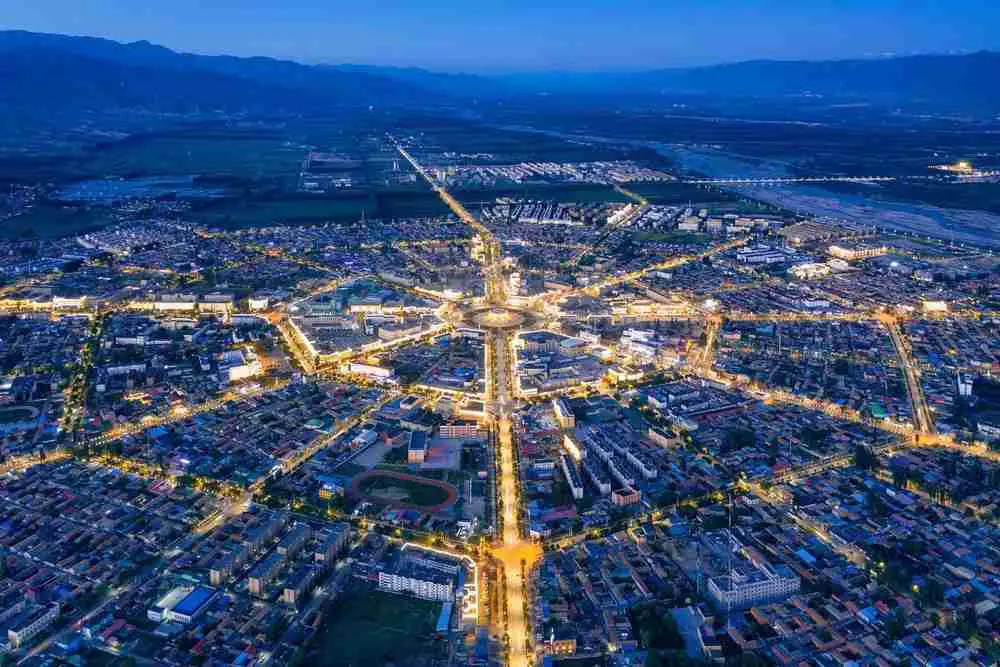
The Bagua City is located in Ili Kazakh Autonomous Prefecture in Nothern Xinjiang, China. It is shaped like the 8 Trigrams used in Taoist cosmology and the city was founded in 1937. In 1996, all the traffic lights were removed from the road to create room for the city’s aesthetics. If you look closely, the center of the Tekes Bagua city radiates out onto the 8 streets and it is well-connected by 4 ring roads from the center part to the city’s edge.
Zhuge Village
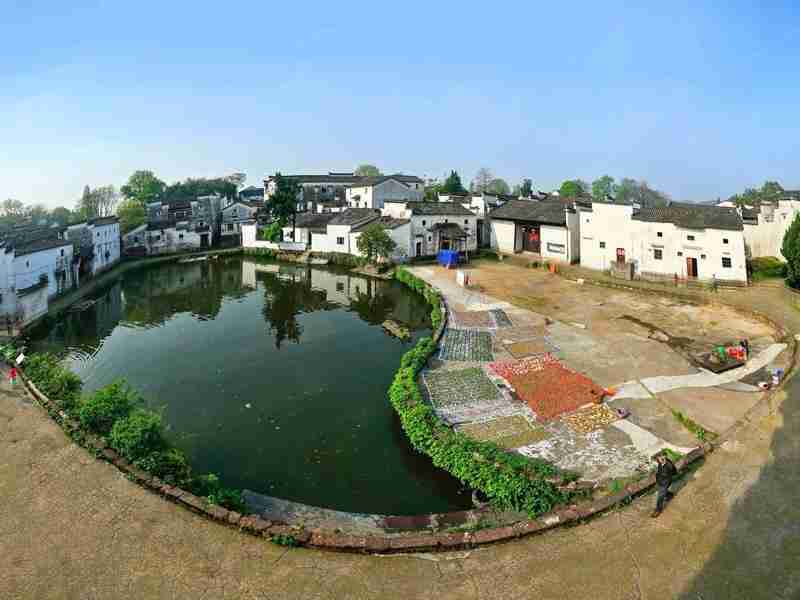
The Zhuge Village, also known as Zhugecan, is a popular historic village that is located in Zhuge town in Lanxi, Which is found in Jinhua City, Zhejiang Province. Originally, it was known as Gaolong, but the name of the village was changed to ‘Zhuge’ during the Ming Dynasty. This was mostly because the Zhuge name was prevalent among the villagers who lived in the Ming Dynasty at the time. The villagers were convinced that they were the descendants of the Zhuge Liang, the famed Shu Han Chancellor of the third Century C.E. In 1996, the Zhuge village was designated a national heritage and it is valued for the fact that it contains relics that are over 700 years old.
great article. do you sell bagua’s?
It would have been lot more usefull if you add some drawings and layout samples